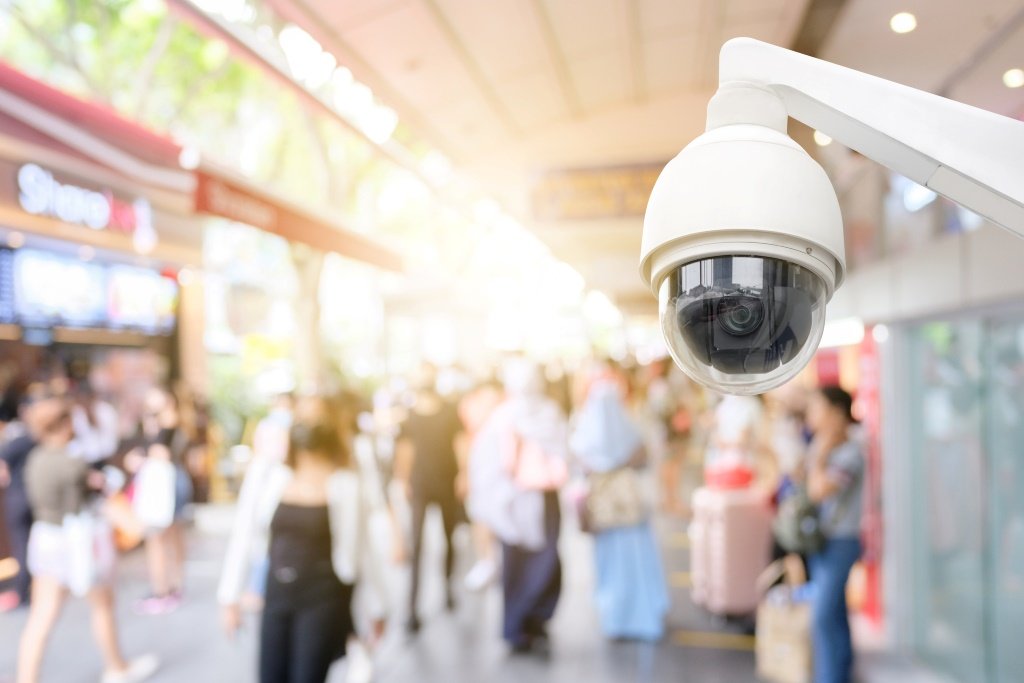Best practices for video redaction
In a digital age where video content proliferates every corner of the internet and physical security systems, the need to safeguard personal privacy within these videos has never been more important. Whether you're a business handling sensitive customer data, a law enforcement agency processing CCTV footage, or an individual concerned about personal privacy, understanding and implementing best practices for video redaction is key.
What is video redaction?
Put simply, video redaction is the process of obscuring or removing sensitive information from video footage to protect individuals' privacy or secure confidential data - this could include blurring faces, licence plates, or any other identifiable information that could compromise someone's privacy or security.
Importance of video redaction
In our increasingly surveillance-heavy society, video redaction is becoming an invaluable tool when aiming to ensure privacy compliance, protect individuals' identities, and maintain trust in an age where digital content is easily accessible and shareable. With stringent privacy laws and regulations in place around the globe, video redaction becomes not only a matter of ethical responsibility, but one of legal necessity.
Best practices for effective video redaction
When it comes to video redaction, ensuring the process is done effectively and securely is key to success - below are some of the best practices to consider:
Understand the scope of redaction
Before beginning the redaction process, it's essential to clearly understand what needs to be redacted - this involves identifying all sensitive information within the video that could potentially compromise privacy or security. A thorough analysis of the video content will help in determining the extent of redaction required.
Use the right tools
The effectiveness of video redaction heavily relies on the tools used. Opting for advanced video redaction software that can automatically detect and blur faces, licence plates, and other personal identifiers can significantly enhance the efficiency and reliability of the redaction process. Plus, such tools reduce the risk of human error, ensuring that no sensitive information is missed.
Maintain video quality
When redacting sensitive information, it's important to maintain the overall quality of the video. Generally, the redaction process shouldn’t compromise the footage's clarity or integrity, especially if the video is to be used for legal or evidentiary purposes. High-quality redaction software ensures that only the specified areas are obscured, leaving the rest of the video intact and clear.
Automation in video redaction
The advent of automation in video redaction has revolutionised the process - making it faster, more accurate, and less labour-intensive. Automated video redaction software leverages artificial intelligence (AI) to identify and redact personal identifiers automatically, and this not only speeds up the process but, as mentioned above, also minimises the potential for human error, making it an invaluable asset in ensuring privacy compliance.
Legal considerations
Finally, understanding the legal landscape surrounding video redaction is incredibly important; different jurisdictions may have varying laws and regulations regarding privacy and data protection, so it’s essential to be well-versed in these regulations to ensure that your video redaction practices are compliant. Failure to adhere to legal standards can result in hefty fines and damage to your business’ reputation, so it’s difficult to overstate the need for meticulousness in the redaction process.
Final thoughts
Overall, video redaction plays a pivotal role in protecting privacy and ensuring compliance with global privacy laws - provided that it’s done right. By following the best practices outlined above, both organisations and individuals can effectively safeguard sensitive information within video content - however, the complexity and evolving nature of video redaction demands a reliable partner.
Secure Redact is at the forefront of providing cutting-edge solutions for your video redaction needs. Our state-of-the-art software is designed to meet the highest standards of privacy compliance - ensuring that your video redaction process is both efficient and secure. If you're looking to enhance your security footage to meet global privacy standards, explore our video redaction solutions. Together, we can navigate the complexities of privacy compliance, making certain that your video content remains secure and compliant.
FAQs
What types of information should be redacted in a video?
Sensitive information that typically needs to be redacted includes faces, licence plates, tattoos, house numbers, and any other personally identifiable information (PII) that can compromise an individual's privacy.
How long does the video redaction process take?
The duration of the video redaction process can vary significantly depending on the length of the footage, the amount of sensitive information present, and the tools used for redaction. Automated video redaction software can drastically reduce processing time compared to manual video redaction.
Is automated video redaction foolproof?
While advanced video redaction tools significantly reduce the risk of human error, no process is entirely foolproof. It's crucial to use reputable and sophisticated software and to review redacted footage to ensure all sensitive information has been adequately obscured.
Can redacted videos be reversed to reveal sensitive information?
Videos redacted with Secure Redact CANNOT be unblurred. Our technology permanently alters the pixels of the video, guaranteeing that the original video data can’t be retrieved, nor the process reversed.

